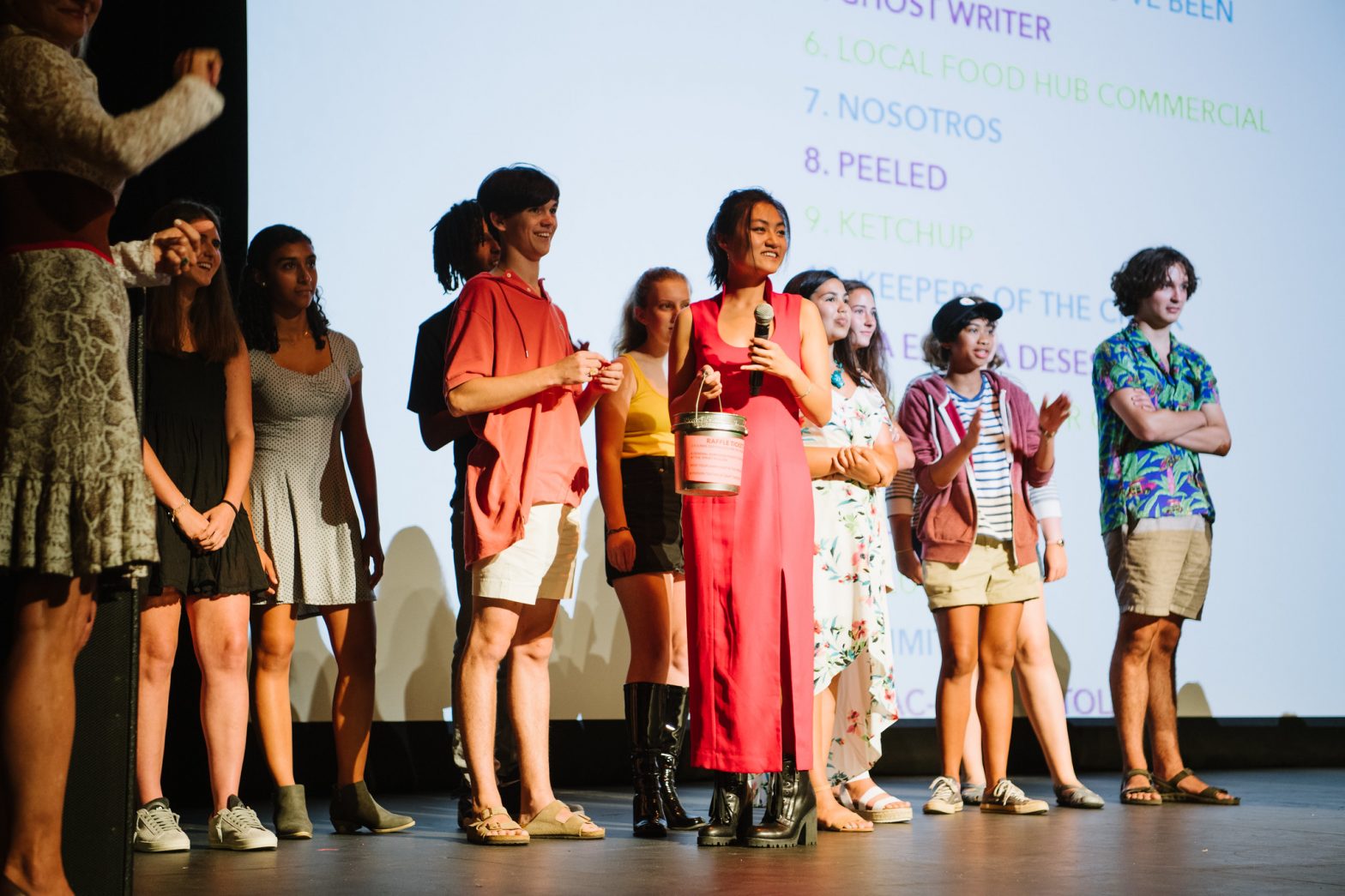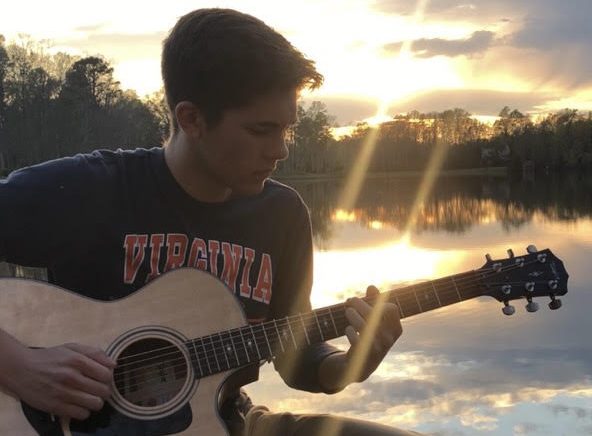Expanded walk zones. Double bus routes. Delayed student arrivals. The bus driver shortage in Albemarle and Charlottesville is creating challenges for schools, drivers, kids, and parents.
“It’s an inconvenience,” says Teresa Green, a mother of two students at Charlottesville High School. Green and her family live in the Fry’s Spring neighborhood, and both her kids rode a bus to public school until the driver shortage changed that in the 2020-21 school year.
“My son did bike a couple of times to Buford, but I was always worried,” says Green, who has now arranged a carpool for her kids—a neighbor drives them in the morning and she or her husband do afternoon pickup.
This summer, in response to the severe driver shortage, Charlottesville City Schools announced a plan to address the problem: expanded walk zones of varying distances, depending on student age, as well as “walking school buses,” in which students would be led by an adult on foot.
But even though Green’s neighborhood is far beyond acceptable walking distance at 4.4 miles, including a long stretch on Fifth Street, only one of her children was offered a seat on a bus. She declined it.
“What if there’s a parent out there who doesn’t have a car or who doesn’t have access or whatever?” she says. “I don’t want to take somebody else’s seat because we don’t really have a way of knowing if there’s kids who have more needs than my kids.”
Charlottesville Schools Superintendent Royal Gurley says that’s an issue the administration considered.
“Some of our most vulnerable students can potentially be impacted by this, meaning that on inclement weather days, they can’t just jump in the car with mom and come to school because the car doesn’t exist,” he says, noting that community partners have offered rainy day transportation and assistance.
Albemarle County is also dealing with a severe school bus driver shortage, and since much of the area is too rural for students to walk, spokesperson Phil Giaramita says many parents are driving and forming carpools to ease the burden.
“We began last year with about 8,000 students requesting bus service. And it turns out that about 5,000 students actually rode our buses,” he says.
Both Gurley and Giaramita say the pandemic exacerbated the already developing shortage, and Albemarle school bus driver Earl Smith agrees. He estimates about 75 percent of the Albemarle drivers were retirees doing the job for the benefits.
“Suddenly you’ve got this pandemic starting and nobody knows if you’re going to live or die,” he says. “Why would they stay?”
Smith, who took the job so he’d have time in the middle of the day to care for his ailing mother, is hoping that some of the school system’s recruitment efforts, including higher pay and immediate employment start times, will help fill the empty driver spots. Recruiting single parents, who can bring their kids on the bus, and other people who need a job that leaves their midday free also helps.
“Making it look like a cooler job,” he says. “When you say to somebody, ‘Come drive a bus,’ they go, ‘Oh my God, I can’t keep up with them kids.’” He laughs. “It’s not that hard to put up with these kids, I swear.”
Courteney Stuart is the host of “Charlottesville Right Now” on WINA. You can hear interviews about the school bus driver shortage at wina.com.






